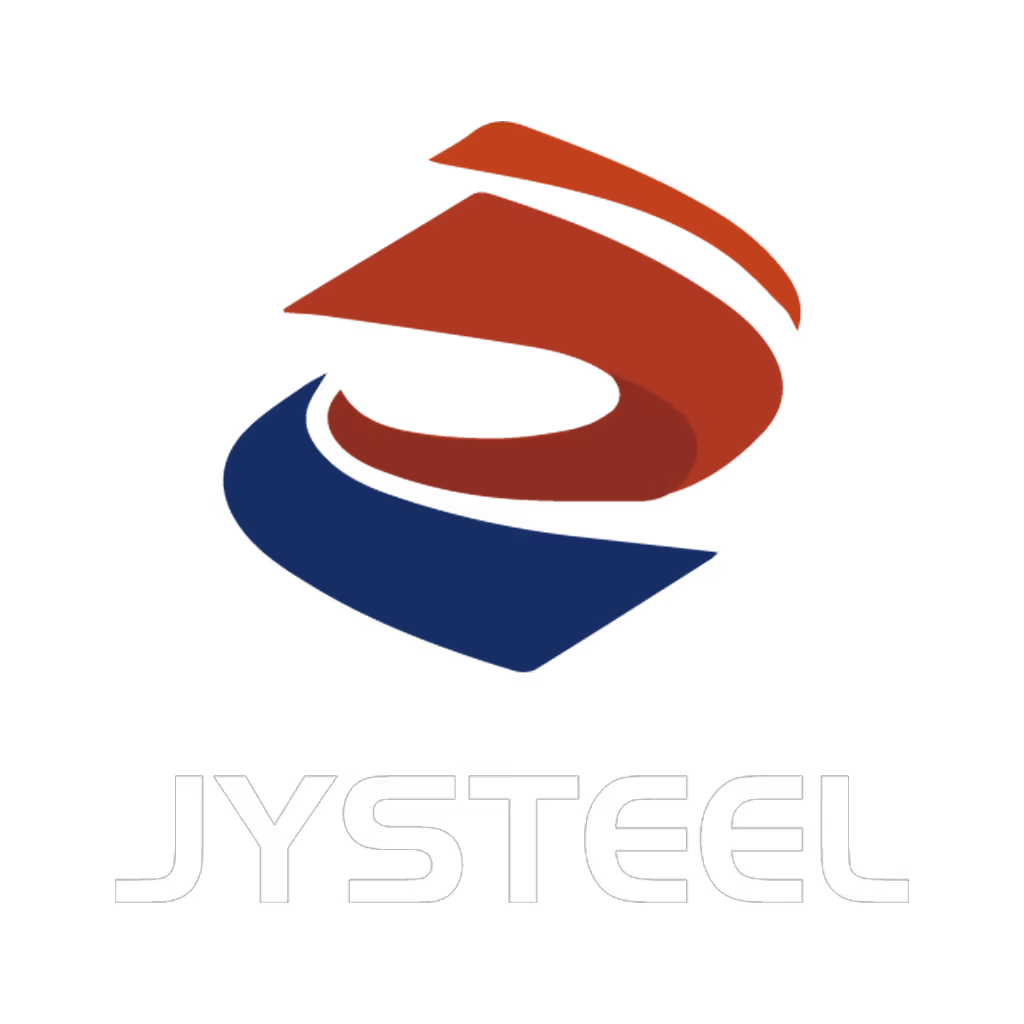Welcome to My Blog!
Before we dive into the content, I’d love for you to join me on my social media platforms where I share more insights, engage with the community, and post updates. Here’s how you can connect with me:
Facebook:https://www.facebook.com/profile.php?id=61565500692293
Now, let’s get started on our journey together. I hope you find the content here insightful, engaging, and valuable.
Table of Contents
Introduction
Steel plates are flat, rectangular sheets of steel available in a range of sizes and thicknesses, tailored to meet the demands of various applications, from structural frameworks to heavy machinery components. Typical steel plate sizes are defined by their dimensions—length, width, and thickness—and are governed by industry standards such as ASTM, EN, or ISO, ensuring consistency and compatibility across projects. The question of what constitutes typical steel plate sizes encompasses standard dimensions, custom options, and their alignment with specific industrial needs.
This guide provides an in-depth exploration of typical steel plate sizes, their classifications, and their applications across industries, offering a professional overview for stakeholders in engineering, construction, and manufacturing.
Why Understanding Typical Steel Plate Sizes Matters
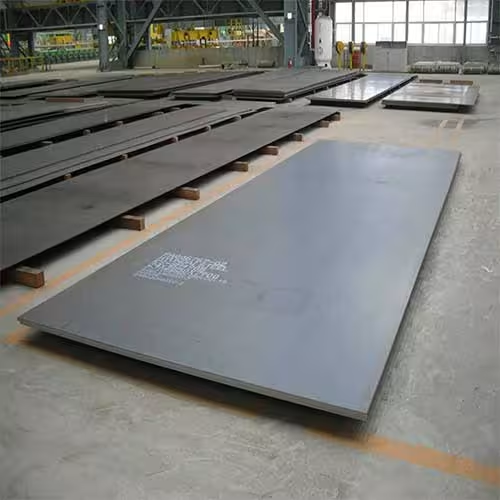
Optimizing Structural Design with Typical Steel Plate Sizes
Selecting the right typical steel plate sizes ensures that structural designs meet load-bearing requirements without excessive material use. Properly sized plates enhance safety and stability in applications like buildings, bridges, and heavy equipment, making knowledge of typical steel plate sizes essential for engineers and architects.
Reducing Material Waste and Costs
Using typical steel plate sizes that align with standard dimensions minimizes cutting and fabrication waste, optimizing material use and reducing project costs. Understanding these sizes allows project managers to streamline procurement and construction processes, enhancing efficiency and sustainability.
Ensuring Compatibility with Fabrication Processes
Typical steel plate sizes are designed to be compatible with common fabrication techniques, such as welding, cutting, and bending. Knowledge of these sizes ensures seamless integration into manufacturing workflows, reducing delays and ensuring the quality of finished components.
Classifications of Typical Steel Plate Sizes
Standard Dimensions of Typical Steel Plate Sizes
Typical steel plate sizes are standardized to facilitate manufacturing, transportation, and use. Common dimensions include:
- Width: 4 to 12 feet (1.2 to 3.6 meters), with 8 feet (2.4 meters) being the most common.
- Length: 8 to 40 feet (2.4 to 12 meters), with 20 feet (6 meters) widely used.
- Thickness: 0.1875 to 8 inches (4.8 mm to 203 mm), depending on the application.
These standard sizes are part of typical steel plate sizes, ensuring availability and compatibility across industries like construction and shipbuilding.
Thin vs. Thick Steel Plates in Typical Steel Plate Sizes
Steel plates are categorized by thickness:
- Thin Plates (0.1875 to 0.5 inches or 4.8 to 12.7 mm): Used in applications requiring flexibility, such as automotive panels or cladding.
- Medium Plates (0.5 to 2 inches or 12.7 to 50.8 mm): Common in structural frameworks and machinery.
- Thick Plates (2 to 8 inches or 50.8 to 203 mm): Employed in heavy-duty applications like pressure vessels and ship hulls.
Understanding these categories within typical steel plate sizes helps professionals select plates that balance strength and weight for specific uses.
Custom and Non-Standard Typical Steel Plate Sizes
While typical steel plate sizes follow standard dimensions, custom sizes are available for specialized applications. Manufacturers can produce plates with unique lengths, widths, or thicknesses to meet project-specific requirements, such as oversized components for offshore platforms or precision-cut plates for aerospace. Custom sizing, while less common, is an important aspect of typical steel plate sizes for niche industries.
Applications of Typical Steel Plate Sizes
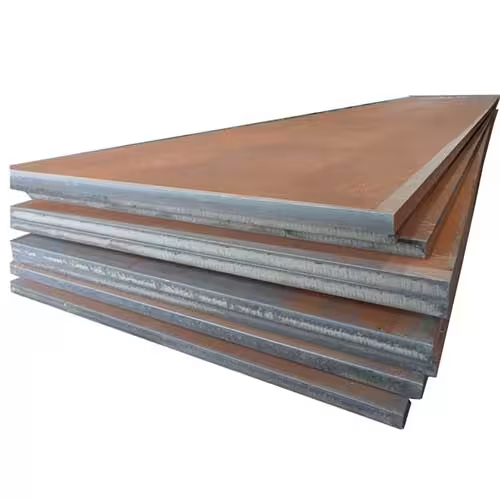
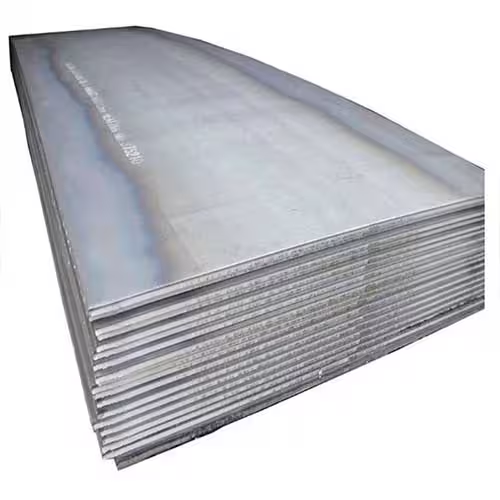
Construction and Infrastructure
In construction, typical steel plate sizes are used for structural components like beams, columns, and base plates in buildings, bridges, and highways. Medium to thick plates (0.5 to 4 inches) provide the strength needed for load-bearing elements, ensuring stability and durability in large-scale infrastructure projects.
Shipbuilding and Marine Applications
Shipbuilding relies on typical steel plate sizes for hulls, decks, and bulkheads. Thick plates (1 to 8 inches) made from high-strength or corrosion-resistant steel are used to withstand marine environments, while standard widths (8–10 feet) and lengths (20–40 feet) streamline construction and reduce welding.
Manufacturing and Heavy Machinery
In manufacturing, typical steel plate sizes are used to fabricate components like machine bases, gears, and wear plates. Thin to medium plates (0.1875 to 2 inches) are common for parts requiring machining or forming, while their standard dimensions ensure compatibility with cutting and welding equipment.
Energy and Pressure Vessels
The energy sector, including oil, gas, and renewable energy, uses typical steel plate sizes for pressure vessels, storage tanks, and wind turbine towers. Thick plates (2 to 6 inches) with high tensile strength are critical for withstanding internal pressures and environmental stresses, ensuring safety and reliability.
Aerospace and Defense
In aerospace and defense, typical steel plate sizes, often custom-cut, are used for armor plating, aircraft components, and missile casings. Thin, high-strength plates (0.25 to 1 inch) provide the necessary durability while minimizing weight, a key consideration in these industries.
Comparison Table of Typical Steel Plate Sizes and Applications
| Application | Typical Steel Plate Sizes | Material Type | Key Characteristics | Considerations |
|---|---|---|---|---|
| Construction | 0.5–4 in thick, 8–12 ft wide, 20–40 ft long | Carbon, Low-Alloy Steel | High strength, weldability | Load-bearing capacity, corrosion protection |
| Shipbuilding | 1–8 in thick, 8–10 ft wide, 20–40 ft long | Marine-Grade Steel | Corrosion resistance, toughness | Weld quality, marine exposure |
| Manufacturing | 0.1875–2 in thick, 4–8 ft wide, 8–20 ft long | Tool, Stainless Steel | Machinability, wear resistance | Precision cutting, forming |
| Energy/Pressure Vessels | 2–6 in thick, 6–12 ft wide, 10–30 ft long | High-Strength Alloy Steel | Pressure resistance, fatigue strength | Compliance with ASME standards |
| Aerospace/Defense | 0.25–1 in thick, custom sizes | High-Strength, Lightweight Steel | High strength-to-weight ratio | Weight constraints, precision tolerances |
This table summarizes typical steel plate sizes and their applications, detailing dimensions, material types, characteristics, and considerations. It serves as a quick reference for professionals selecting plates for specific projects.
Factors Influencing the Choice of Typical Steel Plate Sizes
Project Requirements and Load Conditions
The intended application dictates the choice of typical steel plate sizes. For example, heavy-duty applications like pressure vessels require thicker plates (2–6 inches) for strength, while lighter applications like cladding use thinner plates (0.1875–0.5 inches) for flexibility, ensuring alignment with project demands.
Material Standards and Specifications
Typical steel plate sizes are governed by standards like ASTM A36 (for carbon steel), A516 (for pressure vessels), or A240 (for stainless steel). These standards define dimensions, tolerances, and mechanical properties, ensuring the plates meet safety and performance requirements.
Fabrication and Transportation Constraints
The size of steel plates must be compatible with fabrication equipment (e.g., cutting torches, bending machines) and transportation methods (e.g., trucks, rail). Typical steel plate sizes, such as 8×20 feet, are designed to balance ease of handling with project needs, minimizing logistical challenges.
Environmental and Corrosion Considerations
Applications in corrosive environments, like marine or chemical plants, require plates with specific coatings or alloy compositions. Typical steel plate sizes must account for additional thickness to accommodate corrosion allowances, ensuring long-term durability.
Manufacturing Processes for Typical Steel Plate Sizes
Rolling and Forming Typical Steel Plate Sizes
Steel plates are produced through hot or cold rolling, where steel slabs are passed through rollers to achieve desired thickness and dimensions. Hot rolling is used for thicker plates (0.5–8 inches), while cold rolling produces thinner, smoother plates (0.1875–0.5 inches). This process defines typical steel plate sizes for standard and custom applications.
Cutting and Finishing Processes
After rolling, steel plates are cut to typical steel plate sizes using plasma, laser, or waterjet cutting for precision. Finishing processes, such as grinding or shot blasting, enhance surface quality, ensuring the plates meet aesthetic and functional requirements for applications like cladding or machinery.
Heat Treatment for Enhanced Properties
Heat treatment, such as normalizing or quenching and tempering, improves the strength and toughness of steel plates. This step in manufacturing typical steel plate sizes ensures the plates meet specific mechanical properties, such as high tensile strength for pressure vessels or impact resistance for marine applications.
Maintenance and Handling of Typical Steel Plate Sizes
Preventing Corrosion and Damage
To maintain the integrity of typical steel plate sizes, apply protective coatings (e.g., zinc or epoxy) and store plates in dry, covered areas to prevent rust. Proper handling with cranes or forklifts avoids scratches or dents, preserving the plates’ structural quality.
Inspection and Quality Assurance
Regular inspections for surface defects, dimensional accuracy, and material properties ensure typical steel plate sizes meet project specifications. Non-destructive testing (e.g., ultrasonic or magnetic particle testing) detects internal flaws, guaranteeing reliability in critical applications.
Safe Transportation and Storage
Transporting typical steel plate sizes requires secure loading to prevent shifting, using flatbed trucks or railcars designed for heavy loads. Stacking plates with spacers and securing them with straps during storage minimizes deformation and ensures safe handling.
Advancements in Typical Steel Plate Sizes and Applications
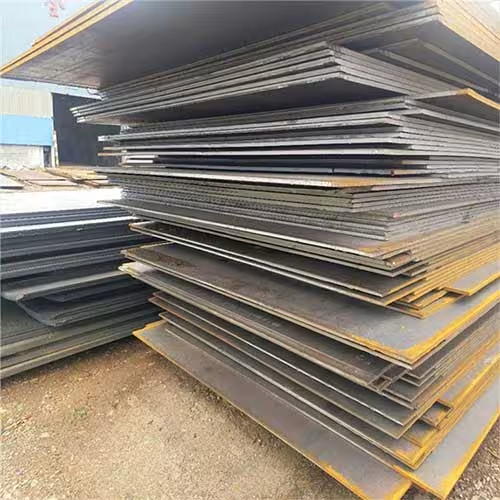
Precision Manufacturing Techniques
Advances in rolling and cutting technologies, such as laser-guided systems and automated mills, enable tighter tolerances for typical steel plate sizes. These improvements enhance dimensional accuracy and reduce waste, supporting applications requiring high precision, like aerospace or defense.
High-Strength Steel Innovations
The development of high-strength low-alloy (HSLA) steels has expanded the applications of typical steel plate sizes. These steels offer tensile strengths above 700 MPa with reduced thickness, allowing lighter, more efficient designs for bridges and wind turbines.
Sustainable Production Practices
Sustainable manufacturing, including recycling scrap steel and using energy-efficient furnaces, is reshaping the production of typical steel plate sizes. These practices reduce environmental impact, aligning with global sustainability goals and appealing to eco-conscious industries.
Conclusion
Understanding typical steel plate sizes and their applications is essential for selecting the right materials to meet the demands of construction, manufacturing, shipbuilding, and energy projects. By evaluating standard dimensions, material types, and fabrication requirements, professionals can optimize structural performance, reduce waste, and ensure compliance with industry standards.
As advancements in precision manufacturing and sustainable practices continue to evolve, typical steel plate sizes will remain a cornerstone of industrial innovation, supporting robust and efficient solutions for years to come.
FAQ
What are typical steel plate sizes?
Typical steel plate sizes include widths of 4–12 feet (1.2–3.6 meters), lengths of 8–40 feet (2.4–12 meters), and thicknesses of 0.1875–8 inches (4.8–203 mm), standardized for applications like construction and shipbuilding.
How are typical steel plate sizes chosen for projects?
Typical steel plate sizes are selected based on load requirements, fabrication compatibility, and transportation constraints. Thicker plates suit heavy-duty applications, while thinner plates are used for lighter, flexible components.
What materials are used in typical steel plate sizes?
Typical steel plate sizes are made from carbon steel, low-alloy steel, stainless steel, or high-strength alloys, depending on the application, such as structural frameworks, marine components, or pressure vessels.
Are custom sizes available for typical steel plate sizes?
Yes, manufacturers offer custom typical steel plate sizes for specialized applications, such as oversized plates for offshore platforms or precision-cut plates for aerospace, tailored to project-specific needs.
How do typical steel plate sizes impact fabrication?
Typical steel plate sizes are designed for compatibility with cutting, welding, and bending equipment, streamlining fabrication and reducing waste. Standard sizes like 8×20 feet are widely used for ease of handling.
